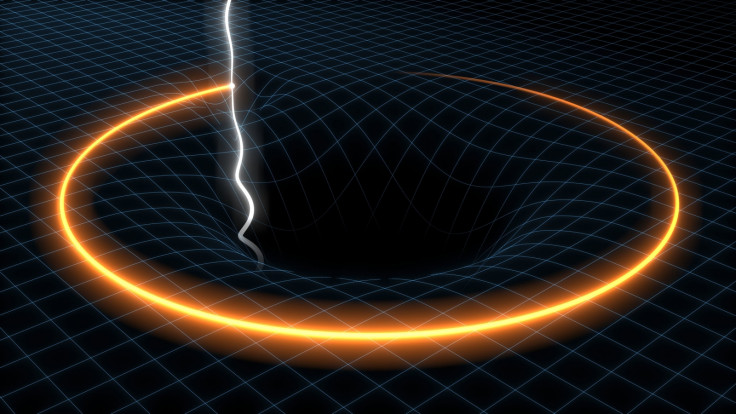Pulsar, black hole duo sought for ultimate proof of relativity theory

A pulsar and black hole in close association would be the best way to check gravity as defined by Einstein's theory of relativity, say researchers from Spain and India.
Relativity explains gravity and motion by uniting space and time into a four-dimensional, dynamic, elastic fabric called space-time, which is bent and warped by the energy it contains. Mass (or matter) is just another form of energy.
Pulsars are very dense neutron stars the size of a city which emit gamma radiation beams or X-rays as they rotate up to hundreds of times per second. These characteristics make them ideal for testing the validity of the theory of general relativity.
Being precise timekeepers, any deviation or bending of the radiation caused by the effect of a strong gravitational field can be detected. Such fields would be present around a massive neutron star or white dwarf.
A black hole would be perfect.
Diego F Torres, ICREA researcher from the Institute of Space Sciences (IEEC-CS and physicist Manjari Bagchi from the International Centre of Theoretical Sciences (India) also see two other cases where other pairings can be as capable of proving gravity.
One case is when the principle of strong equivalence is violated. This principle arising from theory of relativity indicates that the gravitational movement of a body only depends on its position in space-time and not on what it is made up of.
Some modern theories like variations of string theory suggest that the acceleration of gravity does depend on the material composition of the object in a very subtle way.
Lunar laser experiments have been part of the search for a violation.
Apollo astronauts placed mirrors on the Moon -- small arrays of retro-reflectors that have been used to reflect laser beams from earth. Researchers watch the Earth and Moon drop toward the Sun.
Made of a different mix of elements and different masses, the acceleration as they fall towards the sun would tell if equivalence is violated. So far, Einstein's theory of gravity -- and the Equivalence Principle -- has held up to a precision of a few parts in 10<sup>13
The other case where pulsar-black hole pairing may not be the best is if one considers a potential variation in the gravitational constant that determines the intensity of the gravitational pull between bodies. It is known with the least accuracy, with a precision of only one in 10,000.
Despite Einstein's theory of relativity being proved right by umpteen experiments, the fact that it is incompatible to quantum mechanics has led to many experiments looking at some violation.
© Copyright IBTimes 2025. All rights reserved.





















